NFT Cost Calculator
Calculate Your NFT Minting Costs
Cost Comparison
| Standard / Chain | Cost per NFT | Estimated Total | Best For |
|---|---|---|---|
| ERC-721 (Ethereum) | $0.00 | $0.00 | High-value art |
| ERC-1155 (Ethereum/Polygon) | $0.00 | $0.00 | Gaming items, batch drops |
| SPL (Solana) | $0.00 | $0.00 | PFP projects |
| FA2 (Tezos) | $0.00 | $0.00 | Eco-friendly art |
| Cadence (Flow) | $0.00 | $0.00 | Branded collectibles |
Enter the number of NFTs and click "Calculate Costs" to see results.
Trying to figure out which NFT standard fits your project can feel like choosing a language for a conversation you haven’t started yet. You want something that works with wallets, keeps fees low, and lets you add the features you need - whether that’s a single piece of digital art or a bundle of game items. This guide breaks down the major standards on the biggest chains, compares their costs and speeds, and gives you a checklist to pick the right one for today’s market.
Key Takeaways
- Ethereum dominates high‑value art with ERC‑721, but its gas fees are still the most expensive.
- ERC‑1155 on Ethereum and Polygon cuts costs dramatically by allowing batch transfers.
- Solana’s SPL token standard costs fractions of a cent and processes thousands of transactions per second, making it ideal for large‑scale PFP drops.
- Flow’s Cadence‑based NFTs shine in branded experiences (NBA Top Shot) but have a smaller developer community.
- Tezos uses the FA2 multi‑asset standard, offering the lowest carbon footprint and cheap minting for eco‑focused creators.
What Exactly Is an NFT Standard?
NFT standards are a set of rules that tell a blockchain how to create, transfer, and store unique digital assets. By following a common standard, wallets, marketplaces, and other apps can recognize and handle your token without custom code. In short, standards make NFTs *interoperable* and give creators confidence that a token minted today will still work in a wallet tomorrow.
Ethereum’s Core Standards
Ethereum introduced the first widely‑adopted NFT standard, ERC-721a specification for truly unique, non‑fungible tokens. Each token has a distinct ID, and every transfer requires its own transaction. The upside is maximum uniqueness - perfect for high‑value art - but the downside is gas: a single mint can cost $1‑$15 during peak traffic.
To solve the cost problem, ERC-1155a multi‑token standard that lets you batch mint and transfer both fungible and non‑fungible assets was released in 2018. Developers can ship dozens of NFTs in a single transaction, slashing gas by up to 90% according to the 2025 Rapid Innovation report. This makes ERC‑1155 the go‑to for gaming items, loot boxes, and any scenario where you need to move many tokens at once.
For projects that want hierarchical ownership - think a character NFT that owns weapons or a virtual land parcel that contains buildings - ERC-998an extension of ERC‑721 that enables composable NFTs adds the ability to nest tokens inside other tokens. The trade‑off is added complexity: security audits show that 22% of ERC‑998 contracts contain critical vulnerabilities related to recursive ownership.
Looking ahead, ERC-6551known as token‑bound accounts, lets an NFT own assets and interact with protocols directly promises to turn NFTs into mini‑wallets, opening the door for decentralized finance (DeFi) use cases without the need for external contracts.
Solana’s SPL Token Standard
Solana’s answer to NFTs is the SPL token standarda lightweight protocol for both fungible and non‑fungible tokens on Solana. Transaction costs average $0.00025, and the network can process about 65,000 transactions per second (TPS). Because of this speed and cheap minting (≈$0.01), Solana became the favorite for profile‑picture (PFP) projects and large‑scale game drops. The main pain point is reliability - Solana suffered six notable outages in 2024, totalling almost 19 hours of downtime, which still worries risk‑averse creators.
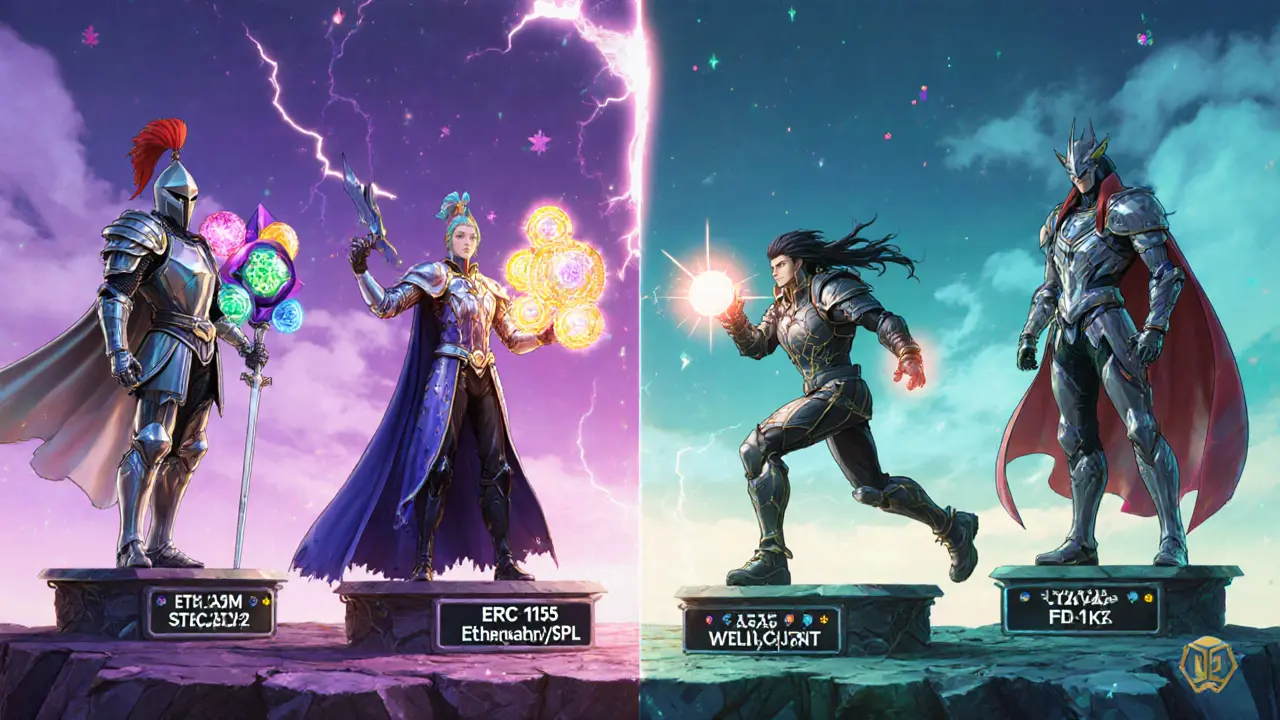
Flow’s Cadence‑Based NFT Standard
Flow, built by Dapper Labs, uses its own programming language, Cadencea resource‑oriented language designed for safe asset handling on Flow. The platform’s NFT standard is tightly integrated with Cadence, offering fast finality (3‑5 seconds) and a user‑friendly minting flow that powered NBA Top Shot. However, Flow’s ecosystem is narrower - most developers need to learn Cadence, and third‑party tooling is less mature than Ethereum’s.
Tezos and the FA2 Multi‑Asset Standard
Tezos leverages FA2a flexible multi‑asset token standard that supports fungible, non‑fungible, and semi‑fungible tokens. Energy consumption is about 2million times lower than Ethereum’s pre‑Merge proof‑of‑work, and minting typically costs $0.10. Artists who market eco‑friendliness (e.g., Björk’s NFT series) prefer Tezos, though its marketplace breadth lags behind Ethereum.
Polygon: Ethereum Compatibility with Lower Fees
Polygon isn’t a new standard, but its EVM‑compatible layer lets you reuse ERC‑721 and ERC‑1155 contracts while paying fees around $0.001 per transaction. Finality takes roughly 2.1seconds, and the network handles about 7,000 TPS. Brands like Starbucks use Polygon’s speed and cost advantage for loyalty‑program NFTs, making it a solid middle ground between Ethereum’s security and Solana’s raw speed.
Side‑by‑Side Comparison
| Standard / Chain | Typical Mint Cost | Avg. Transaction Fee | TPS (Peak) | Finality (seconds) | Best Use Cases |
|---|---|---|---|---|---|
| ERC‑721 (Ethereum) | $0.5‑$15 | $1.50‑$15 | 15‑30 | 12‑14 | High‑value art, collectibles |
| ERC‑1155 (Ethereum/Polygon) | $0.01‑$0.50 | $0.001‑$0.01 | 15‑30 (Ethereum) / 7,000 (Polygon) | 2‑3 (Polygon) | Gaming items, batch drops |
| SPL (Solana) | $0.01 | $0.00025 | 65,000 | 0.4 | PFP projects, high‑volume minting |
| FA2 (Tezos) | $0.10 | $0.01‑$0.05 | 2,000‑3,000 | 30 | Eco‑friendly art, tokenized tickets |
| Cadence (Flow) | $0.05‑$0.20 | $0.02‑$0.10 | 1,500‑2,000 | 3‑5 | Branded collectibles, sports moments |
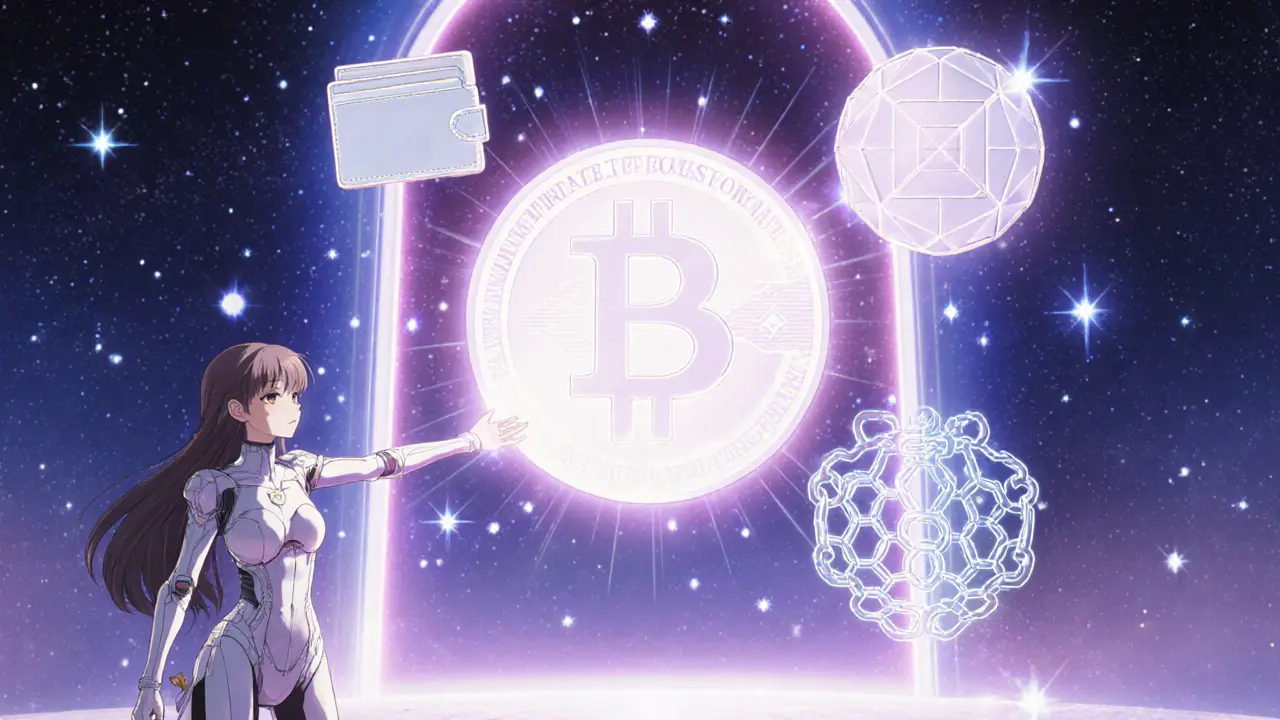
How to Choose the Right Standard for Your Project
- Identify your priority: Is it cost, speed, security, or ecosystem support?
- Match that priority to a blockchain: high‑value art → Ethereum ERC‑721; bulk gaming items → ERC‑1155 or Polygon; mass‑mint PFPs → Solana SPL.
- Consider developer resources: Solidity (6‑8 months to learn) vs. Rust for Solana (8‑10 months) vs. Cadence (steeper learning curve, limited docs).
- Check wallet and marketplace compatibility. Ethereum standards work everywhere; Flow tokens need specific wallets like Blocto.
- Factor in future upgrades. If you want token‑bound accounts, ERC‑6551 on Ethereum or a zkEVM roll‑up could protect your investment.
Practical Implementation Tips
- Metadata storage: 47% of devs use IPFS for decentralized file storage; it adds a few cents per item but ensures permanence.
- Gas optimization: On Ethereum, batch minting with ERC‑1155 or using Layer‑2 solutions (Polygon zkEVM, Arbitrum) can cut fees by 90%.
- Testing cross‑chain bridges: 78% of multi‑chain projects report delays; always run test‑net transfers before mainnet launch.
- Security audits: For composable standards like ERC‑998, allocate extra audit budget - the risk of recursive ownership bugs is high.
- Regulatory check: If your NFT includes investment‑like rights, treat it as a security under many 2025 regulations (SEC, EU MiCA).
What’s Coming Next?
Beyond the current standards, three trends will reshape the NFT landscape:
- Token‑bound accounts (ERC‑6551): NFTs getting their own wallet, enabling DeFi actions without extra contracts.
- Zero‑knowledge roll‑ups: Polygon’s zkEVM and similar tech promise sub‑cent transaction fees while keeping Ethereum‑level security.
- Cross‑chain interoperability: Chainlink’s CCIP aims to let NFTs hop across 15+ chains by mid‑2026, reducing the need to choose a single “best” standard.
Keeping an eye on these developments will help you future‑proof your collection and avoid costly migrations.
Frequently Asked Questions
Which NFT standard is cheapest to mint?
As of Q3 2025, Solana’s SPL token standard costs about $0.01 per mint, making it the most affordable option for large‑scale drops. Polygon’s ERC‑1155 on its zkEVM layer follows closely at roughly $0.001‑$0.01.
Can I use ERC‑721 on Polygon?
Yes. Polygon is EVM‑compatible, so any ERC‑721 contract written for Ethereum runs unchanged on Polygon, enjoying far lower gas fees and faster finality.
What’s the biggest downside of ERC‑1155?
Developers report 32% more debugging tickets around metadata handling because ERC‑1155 packs many token types into one contract, so keeping metadata consistent can be trickier than with ERC‑721.
Is Tezos really greener than Ethereum?
Yes. Tezos uses a proof‑of‑stake system that, according to ND Labs, consumes roughly 2million times less energy than Ethereum’s pre‑Merge proof‑of‑work protocol.
Do I need a separate wallet for each blockchain?
Many multi‑chain wallets (e.g., MetaMask, Rainbow, Phantom) support Ethereum, Polygon, Solana, and Tezos, so you usually won’t need a different app for each chain. Just make sure the wallet you choose lists the specific standard you’re using.

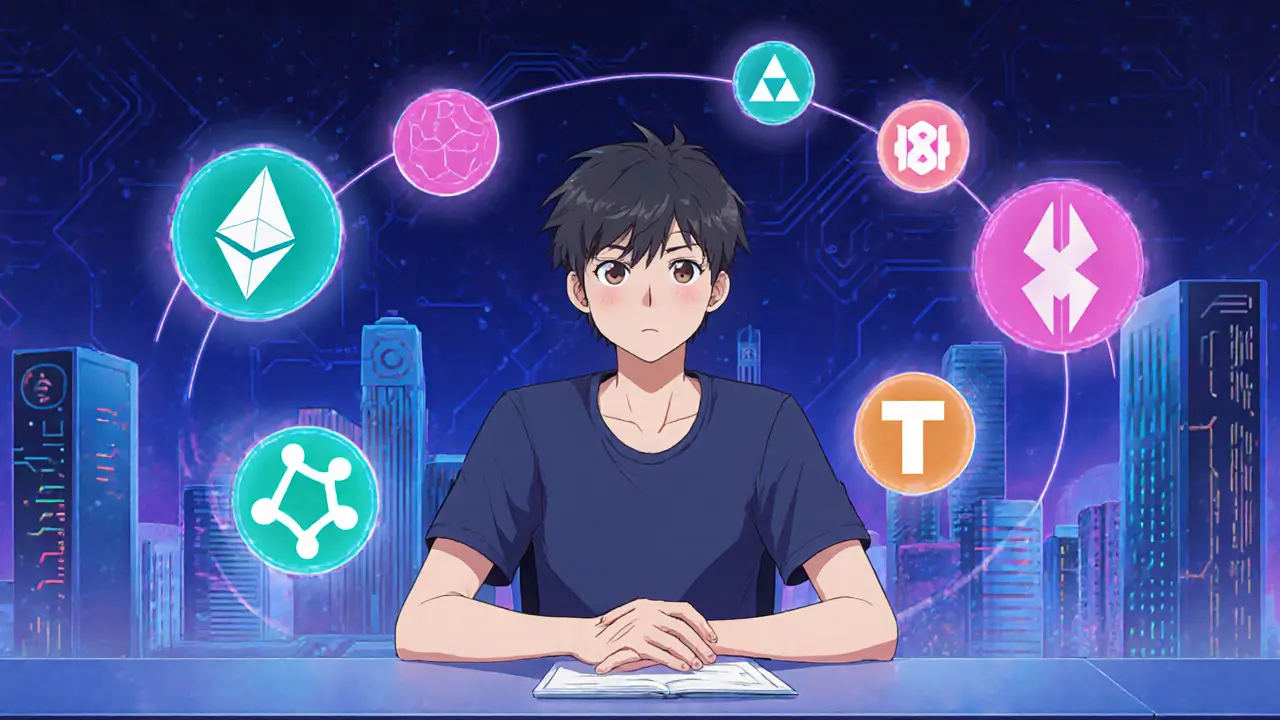



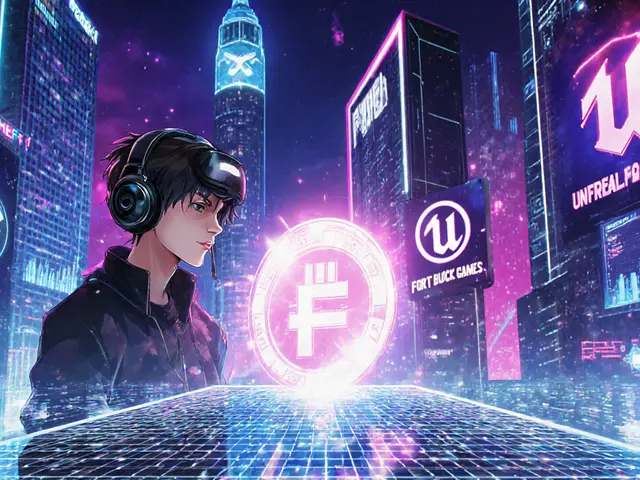


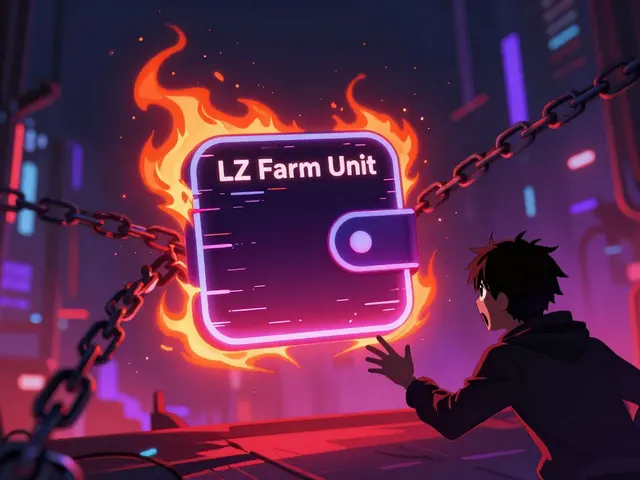
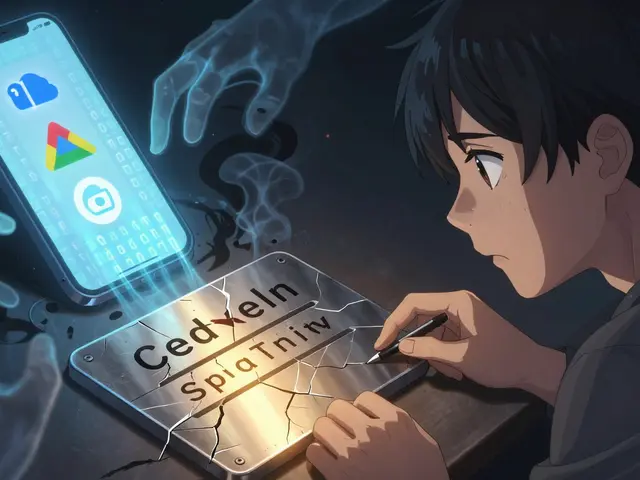


Michael Bagryantsev
October 13, 2025 AT 09:00 AMHey folks, just wanted to say the guide does a solid job covering the basics without overwhelming anyone. I appreciate the clear tables and the cost calculator – it makes planning way easier. If you’re new to NFTs, start with the checklist and tweak as you go. Good luck on your minting journey!
Maria Rita
October 22, 2025 AT 22:20 PMWow, this is a treasure chest of info! The way you broke down each standard feels like a backstage pass. I especially love the simple cost examples – they’re crystal clear. Keep the momentum going, you’ve got my full support!
Jordann Vierii
November 1, 2025 AT 11:40 AMJumping in here, the cultural angle is key – different communities gravitate toward different chains. If you’re targeting gamers, ERC‑1155 or Polygon will save you a bunch of gas. Remember, the community vibe often decides success as much as the tech.
Lesley DeBow
November 11, 2025 AT 01:00 AMOne might contemplate the very nature of standardization, where each protocol strives for uniqueness yet seeks universality. The trade‑offs echo the paradox of freedom within constraint. In that sense, the guide serves as a modern codex for digital artisans.
DeAnna Greenhaw
November 20, 2025 AT 14:20 PMIndeed, the elegance of ERC‑721 is undeniable, but one must also consider the pragmatic aspects of deployment. While the prose is polished, the substance delivers actionable insight. The comparative tables, albeit succinct, illuminate the core divergences. Such a treatise appeals to both scholars and practitioners.
Luke L
November 30, 2025 AT 03:40 AMHonestly, the article overlooks the geopolitical implications of choosing a chain. It’s obvious that domestic platforms should be prioritized for sovereignty reasons. This is a glaring omission.
Cynthia Chiang
December 9, 2025 AT 17:00 PMHey evryone, i think this guide is super helpful. The tables make it realy easy to compare costs. i liked the part about ipfs storage, it adds a nice layer of security. Just remember to double check the gas fees before minting, they can change fast. Good luck!